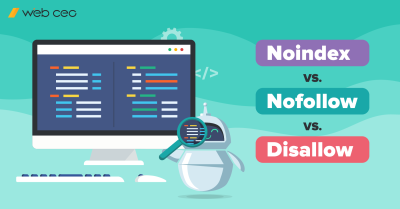
Every company is investing in content, but very few are maximizing their investment by developing content that their audiences genuinely enjoy. Can you confidently claim that your content resonates with your audience? Or are you merely creating the content you selfishly want to publish? Let’s take a closer look at this issue and how you can develop customer-centric content.
Creating Purposeful Content
When you think about your company’s content marketing efforts, what’s the ultimate goal? For most people, there’s a simultaneous desire to increase brand awareness and drive conversions. However, here’s where brands get it wrong. They assume that the quickest way to increase brand awareness and drive conversions is to talk about themselves.
Well, this isn’t exactly true. The only way to accomplish your content marketing goals is by creating content that adds value to the conversations and pain points your target customers are dealing with. For help in identifying these pain points and shaping your content strategy, consider using tools like WebCEO’s SEO Content Assistant.
For example, let’s say you’re a company that sells organic cleaning. Your content shouldn’t center on the topic of why your products are superior to the competition. This is self-serving and does little to benefit your image. Instead, your content should address the issues your customers care about: the dangers of harmful chemicals, the benefits of natural solutions, and the importance of raising a healthy family. See the difference?
If you want to get serious about creating high quality customer-centric content, then you need to focus on the following tips:
Target Search Habits
There are tons of tools on the market that allow you to analyze search volume, so there’s no excuse for not leveraging this information and using it to shape your content strategy. To effectively analyze and capitalize on search habits, consider using WebCEO’s Online Keyword Tool.
There are numerous real world examples of what this looks like in action, but we’ll take a look at one company in particular. Built In NYC is an online community for New York City entrepreneurs and startups. Because they spend a lot of time conducting keyword research, they know what their target user is looking for. One of the most popular topics is finding jobs with startups. Based on this info, they frequently post content about NYC startups and tech companies that are hiring. It’s natural and high returning for them.
Choose the Right Formats
Sometimes you’ll see two articles with very similar content from two different publishers. One does extremely well while the other fails to gain traction. Assuming they’re seen by the same number/type of users, what’s the difference? In most cases, one used a better format.
The format of your content matters more than you realize. People like to read digestible articles. This is why numbered lists are so popular. If one article features a bunch of dense paragraphs and technical language, while the other is broken into numbered sections with casual language, the latter article is going to do much better.
This is something Lifehack has mastered. The majority of their traffic comes from social media and they understand that numbered posts on relevant topics – such as personal health and productivity – do very well. An article titled “5 Stretches for Lower Back Pain” will do a lot better than a similar article titled “The Science of Stretching and the Impact on Lower Back Discomfort in Middle-Aged Adults.”
Take Feedback Seriously
Finally, you need to take feedback seriously. Browse blog comments, social media posts, and customer emails to get an idea of what people like about your content. Ultimately, they should guide the direction of your content marketing strategy. If something isn’t working, don’t pull a Steve Jobs and say, “They don’t know what they want.” No…they do know what they want – so make sure you give it to them.
Putting it All Together
In order to create content your audience cares about, you have to stop being selfish. Keep these tips in mind and you’ll begin to see changes take place. These will lead to better brand awareness and more conversions.


